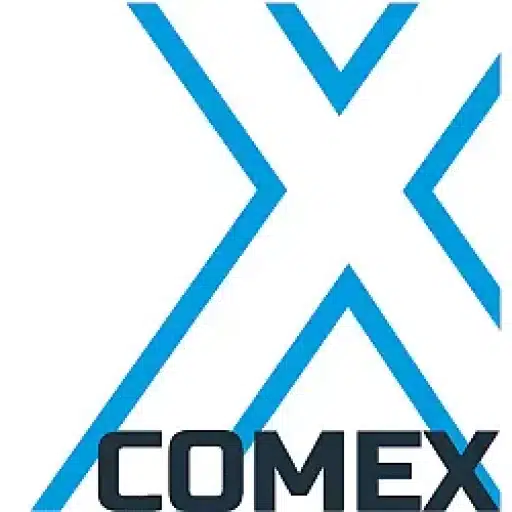+31 (0)43 30 88 400 | office@comex.eu

Use the right hardware for your storage
Just as in a well-organized warehouse stuff is never just sitting around, so it works with data storage. Storing data can be done in many different ways, with several considerations at play. Cost, administrative burden, security: it all has a role.
With the current “trend” of ransomware, it is good to use the right hardware to store and archive data. Making good use of the hardware’s features for data security also saves costs and administration. Several birds with one stone, in other words. Hard disk and flash storage systems store data fragmented with a central index because this is the only way to ensure the required speed. The central index is like a list at the door of a large warehouse, showing what is where. If those are lost, Leiden is in trouble.
Simpler and cheaper
The point is that this central index can be damaged. Or being attacked by hackers. Therefore, when it comes to rarely or never changing data, it is better to consider what is known as structure-safe linear storage. Here the metadata are always kept together with the stored data and a central index is additionally created. For the large warehouse, consider an extra frame at each rack. Because of this structure-safe storage, recovery of data is well possible without a central index. By linear saving, already stored data are never changed but new versions are added. In the warehouse, there will simply be additional shelving. As a result, the natural properties of the hardware provide the security. No software is required for this and therefore no expensive license is needed. It is simpler and cheaper. A September 2016 Gartner report endorses this. A copy of this report can be requested via the contact form
Want to know more?
Conclusion: for secure, simple and relatively inexpensive data storage, take advantage of the natural properties of structure-safe linear storage systems. It goes without saying that we at Comex can tell you all about that.”


